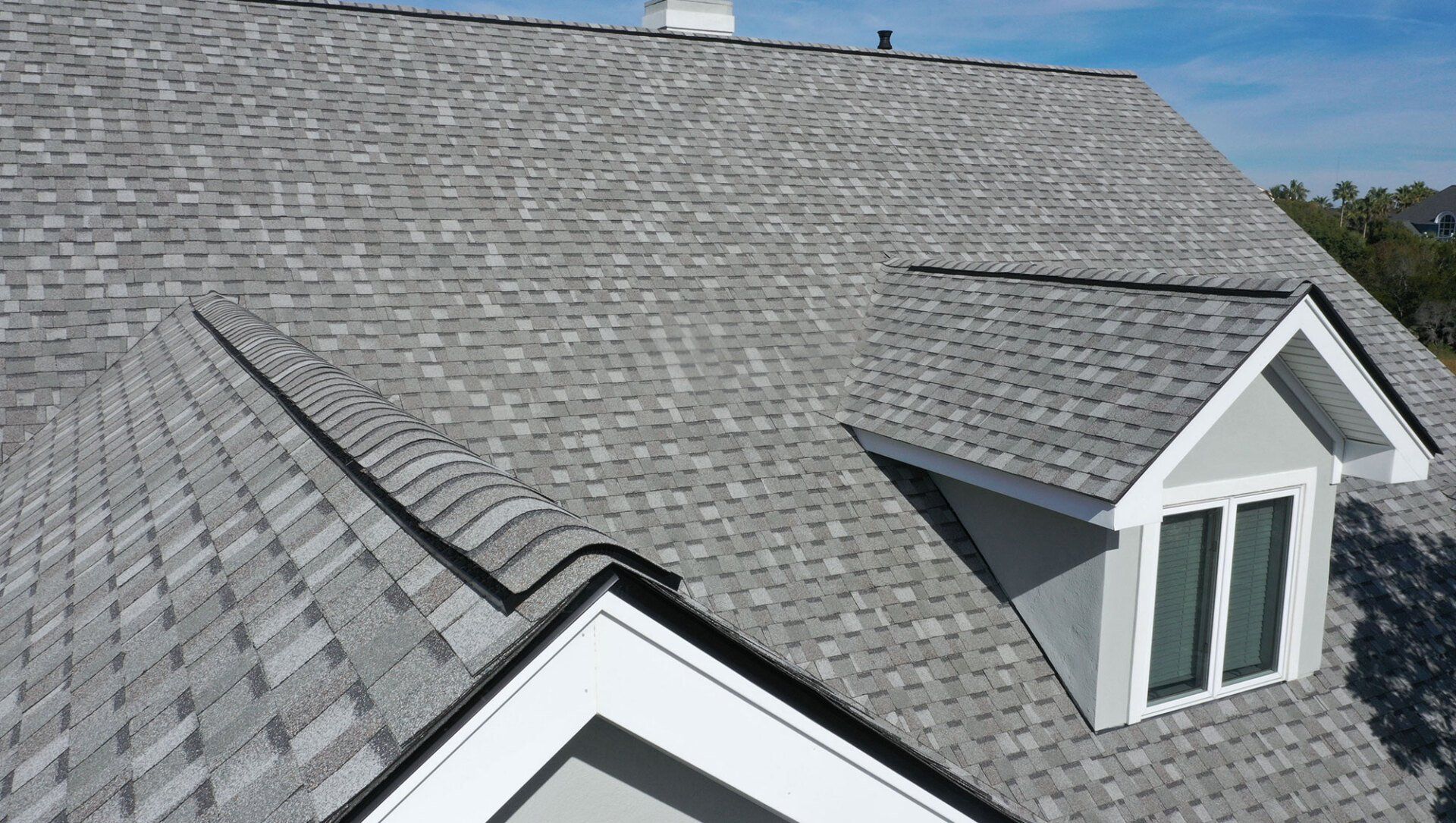Middle Tennessee
TOP SIGNS OF WEATHER DAMAGE
Look out for these signs!
Top Signs Your Roof Has Weather Damage
1. Missing or Broken Shingles
• Description: Strong winds, hail, or heavy rain can cause shingles to break or go missing. This is one of the most obvious signs of weather damage.
• Action: Inspect your roof for any missing or broken shingles and have them replaced immediately to prevent further damage.
2. Granules in Gutters
• Description: Asphalt shingles shed granules over time, especially after severe weather. Finding granules in your gutters indicates that your shingles are wearing out.
• Action: Check your gutters regularly for granules. If you find a significant amount, it may be time to consider replacing your shingles.
3. Leaks and Water Stains
• Description: Water stains on your ceiling or walls, or visible leaks during or after a storm, are clear indicators of roof damage.
• Action: Investigate the source of the leak and repair it as soon as possible to prevent water damage to your home’s interior.
4. Dents on Metal Components
• Description: Hail can cause dents in metal roofing components, such as vents, flashing, and gutters.
• Action: Inspect all metal parts of your roof for dents and damage. Replace any damaged components to maintain the roof’s integrity.
5. Sagging Roof Deck
• Description: A sagging roof deck can be a sign of severe water damage or structural issues.
• Action: If you notice any sagging areas, it’s essential to have a professional inspect and repair the roof to prevent further damage.
6. Mold or Moss Growth
• Description: Excessive moisture can lead to mold or moss growth on your roof, which can cause decay and structural damage.
• Action: Remove any mold or moss promptly and address the underlying moisture issues to prevent future growth.
7. Curling or Buckling Shingles
• Description: Shingles that are curling or buckling can be a sign of aging, moisture damage, or poor installation.
• Action: Replace any curling or buckling shingles to maintain a weatherproof barrier on your roof.
8. Ice Dams
• Description: Ice dams form when melting snow refreezes at the roof’s edge, preventing proper drainage and causing water to back up under the shingles.
• Action: Ensure proper attic insulation and ventilation to prevent ice dams. Remove any existing ice dams carefully to avoid damaging the roof.
9. Damaged Flashing
• Description: Flashing around chimneys, vents, and other roof penetrations can become damaged or loose, allowing water to seep in.
• Action: Inspect and repair or replace damaged flashing to prevent leaks.
10. Blistering or Peeling Exterior Paint
• Description: Moisture trapped in your home due to a faulty roof can cause exterior paint to blister or peel.
• Action: Repair the roof and repaint affected areas to protect your home’s exterior.
SERVING
HOURS
HOURS
CONTACT US
Tax Id 852904371


Share On: